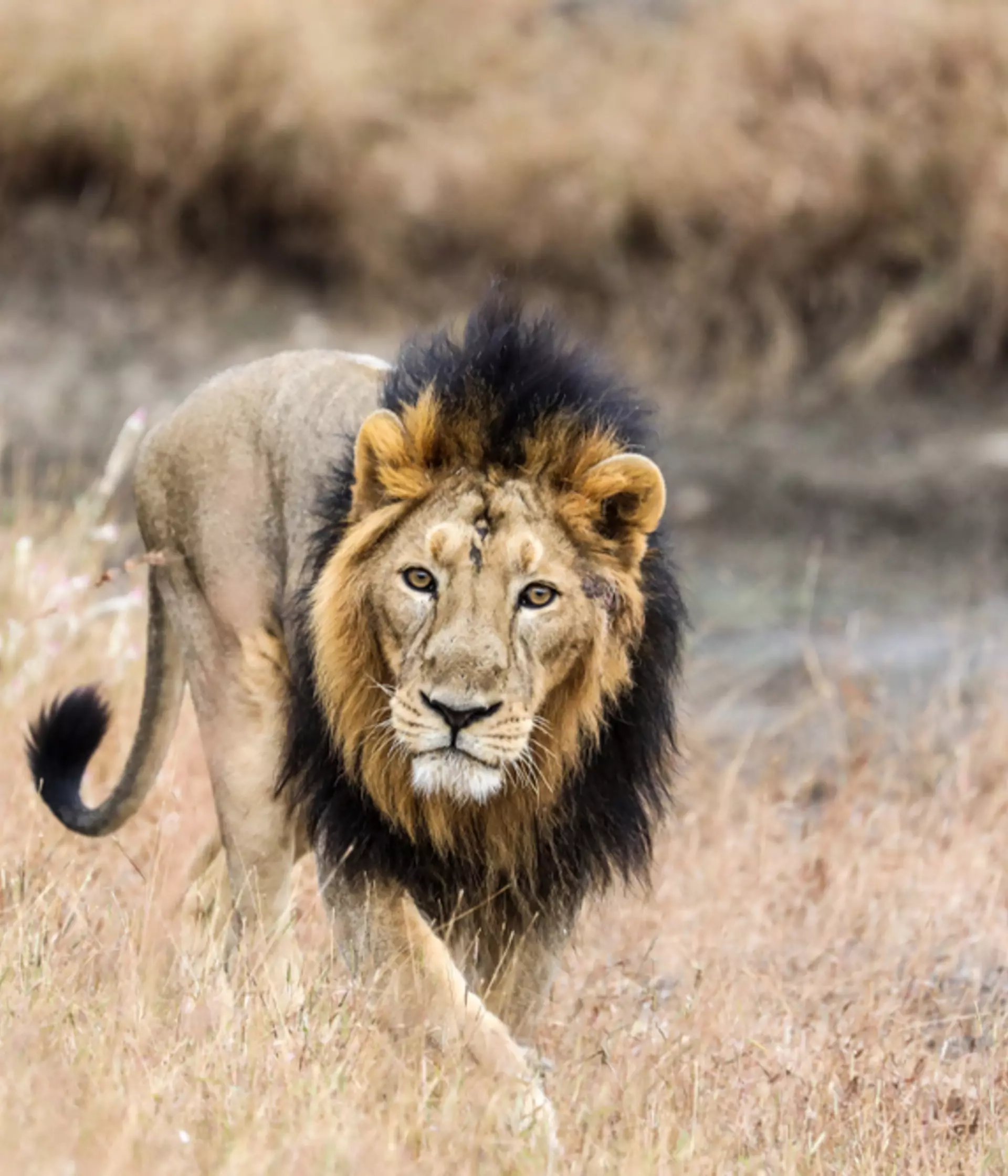There are two subspecies of lions: the Northern lion (Panthera leo leo) and the Southern Lion (Panthera leo melanochaita).
The Northern lion subspecies refers to what many call the 'African lion', populations of this subspecies live in west and central Africa. This subspecies also once included the Barbary lion, devastatingly, this subspecies is now extinct in the wild. The Northern Lion subspecies includes Asiatic or Asian lions.
The Southern Lion, the 'melanochaita subspecies', covers southern African lions, as well as those found in east Africa.
IUCN Status
Generally, IUCN lists lions (Panthera leo) as 'Vulnerable'. The main drivers of these declines are large-scale habitat conversion, prey base depletion through unsustainable hunting, and the retaliatory killing of Lions due to perceived or real human-lion conflict.
People and wildlife can thrive together, we're working with people to improve co-existence with wildlife, safeguarding nature and creating a healthier, sustainable future for both wildlife and people.
ZSL lion conservation
Protecting Asiatic lions in the Gir Forest
There are approximately 600 Asiatic lions left in the Gir Forest of Western India, their last remaining natural habitat.
Lion facts
- Lions are the only cats that live in groups, known as prides.
- Females are the main hunters for a group.
- On average, male lions weigh 190kg (almost 30 stone) and females weigh 126kg (almost 20 stone).
- Male lions' manes are used to attract females, as well as protecting their neck and head from injuries during fights.
What do lions eat?
All lions are carnivores, a majority of their diet is made up of meat. Their diet is made up of both large and small mammal prey such as deer, wild boar and antelope.
